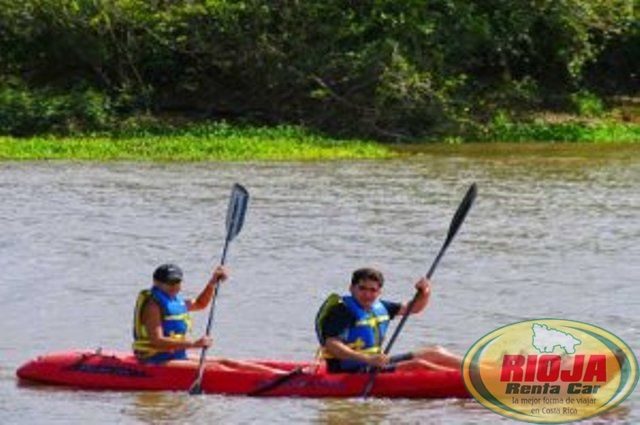
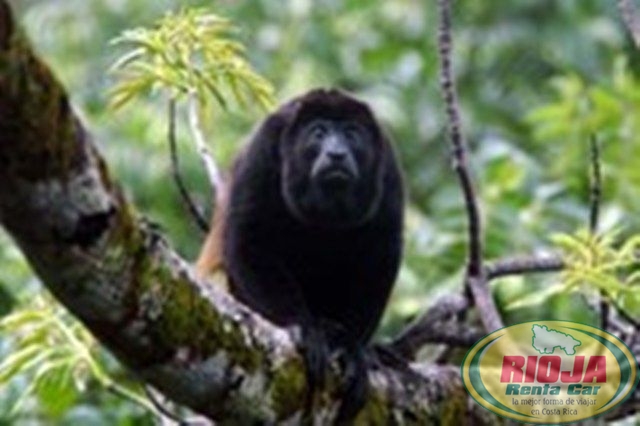
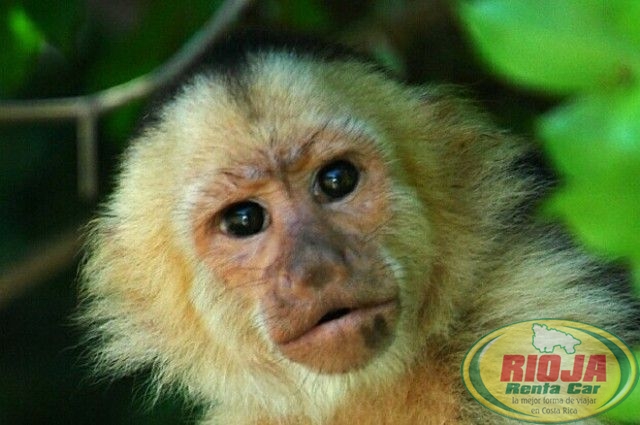
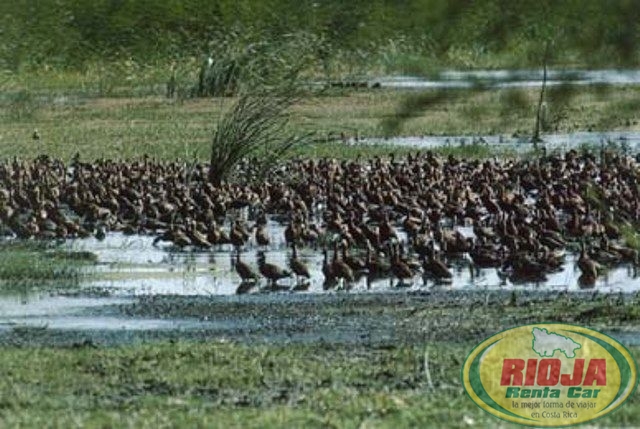
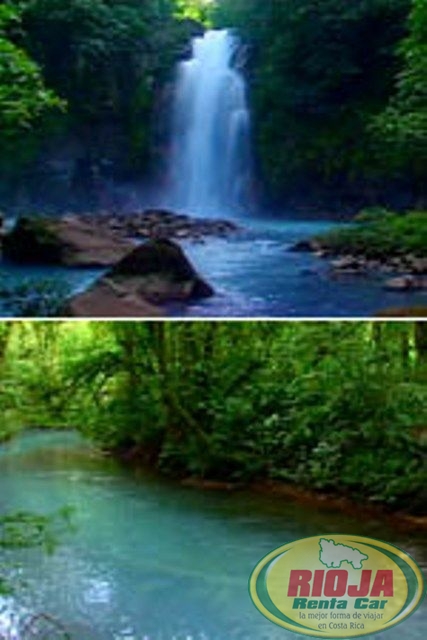
It is located in Guanacaste Province, between the Rio and Rio Tempisque Bebedero approximately 30 kms. west of the city of Caí±as
Area: 18.651 hectares (44.762 acres)
Established: 30/4/78
It has an area of 16,804 hectares.
IMPORTANCE
Palo Verde National Park is composed of a diverse set of habitats of flood plains, rivers and bordered by a row of calcareous hills.
This area is subject to seasonal floods of great magnitude. During the rainy season and due to little natural drainage is plain, the area was swamped by the combined effect of the rain, tides and floods along the rivers and watering Tempisque. Sometimes, the whole area becomes a vast lake.
Pens and old buildings here, are a reflection of life Sabanero bajureño and are a very important element in the cultural heritage of the old Guanacaste.
FLORA AND FAUNA
Palo Verde is one of the most ecologically diverse country, there are approximately 15 habitats that are created by the topography, soil conditions, including drainage, the rivers overflow and the effect of the tides.
Among these habitats are swamps and brackish lagoons and freshwater zacatonales with the salty mangrove, mangroves, grasslands with chumico wooden or raspaguacal, stunted coastal forests, mixed deciduous forests of the plains, hills, mixed forest calcareous, riparian forests, wooded savannas, flooded forests and evergreen forests.
One of the most conspicuous and names the place is the Palo Verde, a bush of leaves, branches and trunk of the bright green color, found in swamps and other habitats. Among the largest trees are the Espavel, the ceiba, the pochote, rum, rum, ceibo Barrigona the guayabón the javillo the cocobolo, the medlar and Panama. In the swamps there are species of aquatic plants such as tifa, the sad, the grass and Platanillo gamalote.
In the hills abound cactus, a species endemic to Costa Rica, the IPE is also real, valuable timber tree in grave danger of extinction.
The natural hydrologic system of Palo Verde create the right conditions for the occurrence in the area, the largest concentration of the country and Central America Waders and waterbirds, both resident and migratory. From September to March, thousands of egrets, Garzon, egrets, divers, ibis, ducks and cockerels of water are concentrated in the lagoons and surrounding areas to feed and reproduce. Birds observed both aquatic and terrestrial species total 279, although this number could rise to 300, as at least 40 other species have been observed in neighboring places. Bird Island, 2.3 acres located in front of the park is extremely important to have the country’s largest colony of martinete coroninegro and as a nesting area for ibis Morita, duck pin, pink heron, the waiter, and the heron Cattle egret. In the park, the nest without trouserpress ventura, endangered species and remains the only population of scarlet macaws in the Dry Pacific.
Some of the most abundant mammals are the howler monkeys, the monkeys faced the pizotes, deer, red squirrels, porcupines and the coyotes. In Tempisque crocodiles have been seen up to five meters long.
SERVICES
Information, drinking water, latrines, housing researchers, laboratory and audiovisual equipment.

 English
English






